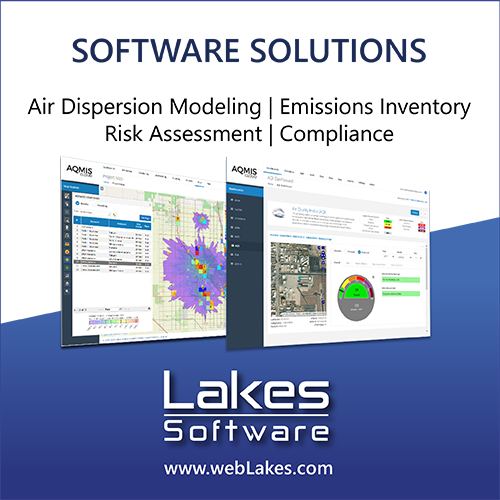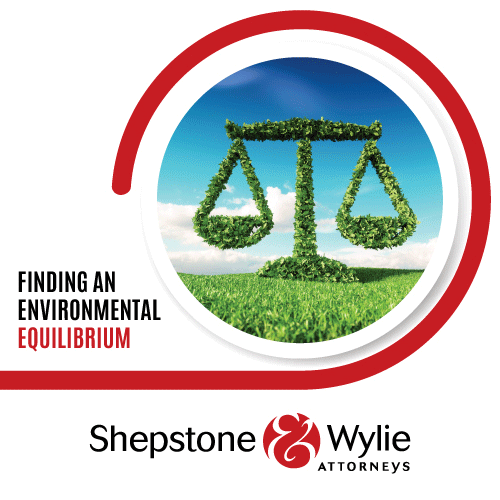Characterisation of semi-volatile hydrocarbon emissions from diesel engines
DOI:
https://doi.org/10.17159/caj/2020/30/1.7672Keywords:
Photochemical smog, hydrocarbons, ozone, diesel exhaust emissions, ozone formation potential, emission factorAbstract
Exhaust emissions from diesel vehicles have recently been receiving global attention, due to potential human health effects associated with exposure to emitted pollutants. In addition, a link has recently been established between unburnt hydrocarbon (HC) emissions from diesel engines and photochemical smog. Despite being present at very low concentrations in the exhaust, these HCs may act as precursors in the formation of photochemical smog pollution. While short-chain HCs are easier to characterise and have been successfully reduced in many developed cities, longer chain HCs, most likely arising from diesel exhaust emissions, have been poorly quantified and to date, a limited range of HCs from this source has been studied. In this study, transient cycle tests were conducted to collect exhaust emissions from a Euro 3 compliant, 1.6 L test engine fuelled with three diesel fuels (SAM10, PAR10, and EUR10), using portable denuder samplers which were analysed by thermal desorption-comprehensive 2D gas chromatography-time of flight mass spectrometry (TD-GC x GC-TofMS). The SAM10 diesel had the greatest n-alkane emissions with greater emissions observed in the earlier phases (low and medium phase) of the WLTC test cycle. PAR10 diesel had the second highest n-alkane emissions and EUR10 had the lowest n-alkane emissions amongst the three fuels. Substituted alkyl-benzenes were also detected in the gas phase emissions from each fuel. The results showed that long-chain HCs were present at easily detectable concentrations in diesel engine exhaust emissions, which is critical in understanding their contribution to photochemical ozone and informing appropriate mitigation and management strategies.
Downloads
Downloads
Published
Issue
Section
License
Copyright (c) 2020 Amanda Mahlangu, Paul Schaberg, Mark Wattrus, Patricia Forbes

This work is licensed under a Creative Commons Attribution 4.0 International License.

All articles are published under a Creative Commons Attribution 4.0 International License; copyright is retained by the authors. Readers are welcome to reproduce, share and adapt the content without permission provided the source is attributed.








.png)